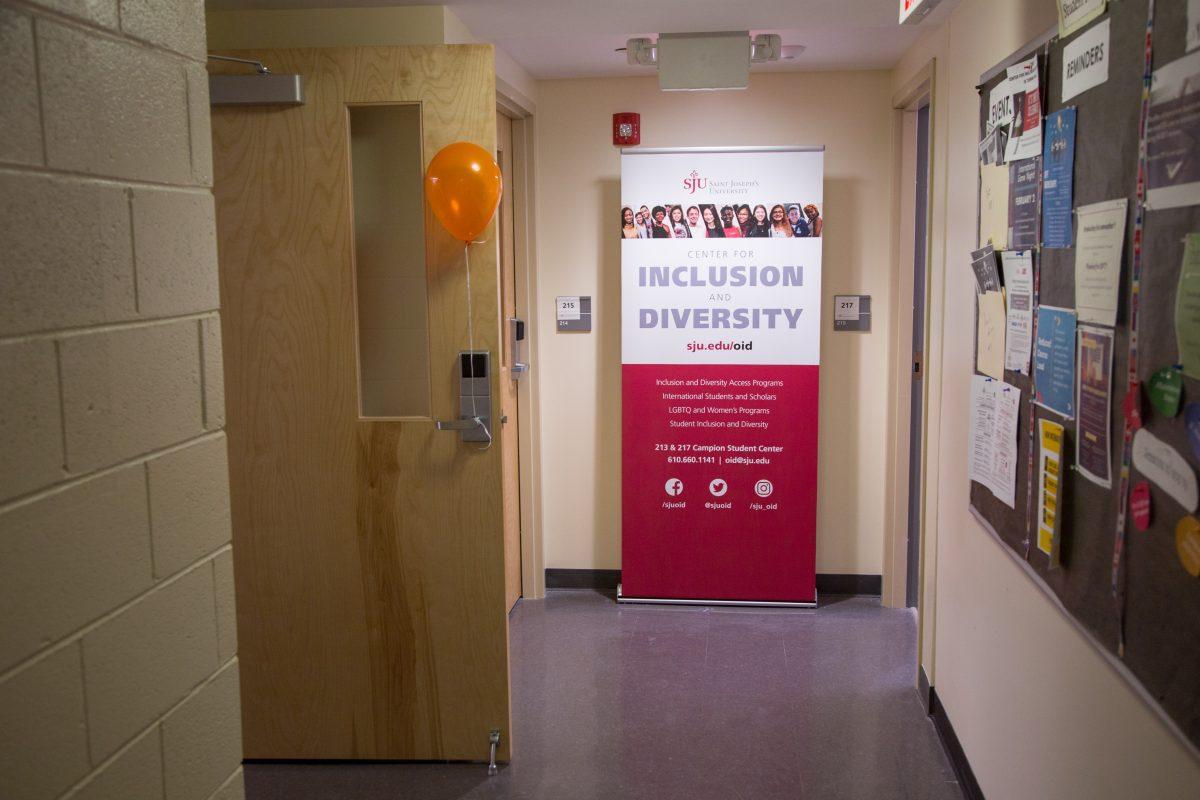Finding areas of improvement for inclusion and diversity
Despite efforts in its final weeks to get students to complete the Campus Climate Study, the study fell short of its targets for student populations.
At the survey’s close, 24.2 percent of undergraduate students had taken the survey. The target was 50 percent. Graduate student participation fared worse with only 5 percent of the 50 percent target having taken the survey.
Still, more than 2,000 students, faculty and staff took the survey, said Monica Nixon, Ed.D., assistant provost for inclusion and diversity, enough to ensure “a rich set of findings to analyze.”
Launched last month, the Campus Climate Study survey was designed to understand the current state of equity and inclusion in the learning, working and living environment for students, faculty and staff at the university.
The survey was originally set to close on March 9, but Nixon said it was extended through spring break in order to encourage continued participation.
“During spring break, a good number of the staff from our contracted vendors also participated,” Nixon said.
Chastity Nadeau ’20 and Erin Duffy ’20 both said they took the survey after their resident assistant, Christopher Stevens ’18 in Rashford Hall, told them about it. But Ashley Obrikis ’18 said she had never heard of it, and Nathan Tracy ’21 was not sure he understood what it was.
“I think I saw something hanging up on a wall,” Tracy said.
Leslie Briggs ’17, M.A. ’18 was one of the small number of graduate students who did take the survey.
“It’s pretty simple and straightforward,” Briggs said. “One of the most helpful things is there’s a glossary at the very beginning.”
Some populations did reach their target. Tenured and tenure track faculty, along with university administration and staff, finished with a response rate that exceeded their respective 50 percent target. The faculty response rate was 53.4 percent, while the administration and staff had a 50.9 percent response rate. Affiliate faculty fell short of their 50 percent target with a response rate of 40.8 percent.
Rankin & Associates Consulting, the company hired to conduct the study, required a 30 percent participation rate for each population, according to Katie Bean, assistant director of Student Outreach and Support and a member of the Campus Climate Study Working Group.
Although the survey did not reach its 30 percent goal for each population, Nixon said there will still be valuable information to gain from the survey.
“A 30 percent response rate for a particular group allows us to generalize findings from the survey participants to the entire group,” Nixon said. “Overall we ended up somewhere between 20 and 25 percent.”
Nixon said the university and the outside consulting group will move forward now that the survey has concluded. Representatives from both institutions will present their findings to the university in September 2018.
“Rankin & Associates will begin cleaning up and analyzing data after the survey closes,” Nixon said. “In the meantime, the Climate Study Working Group is meeting next week to lay out next steps, which include generating ideas for action steps and working with the President’s Council on Inclusion and Diversity.”
Paulina Syracuse ’18, along with other members of the Student Senate, were heavily involved in marketing the survey and getting people to take it. That included staffing tables in Campion Hall, wearing stickers and putting information on Facebook.
“Although participation was low at first, it significantly increased very quickly and that was largely due to word of
mouth from students,” Syracuse said. “I saw many posts on social media from all different people marketing the survey and encouraging participation.”
Nixon said she was pleased with those efforts.
“I’m proud of the work of the University Student Senate, the Climate Study Working Group, and myriad formal and informal climate study ambassadors to create a buzz about the survey,” Nixon said.
Nixon said Rankin’s findings based on the survey responses will be key in helping the university improve going forward.
“A key takeaway is that the survey is just one part of the process of creating a more inclusive community,” Nixon said.“The findings will illuminate areas for improvement and growth that we are already working to address through the President’s Council on Inclusion and Diversity and many other groups and departments on campus.”














































